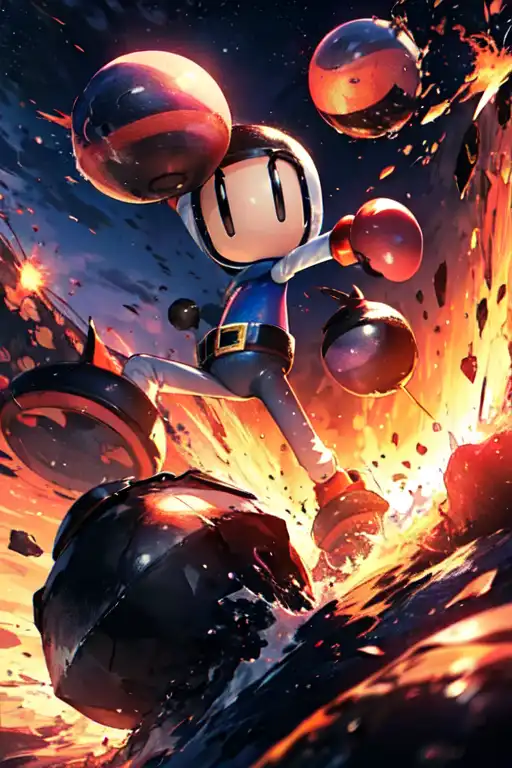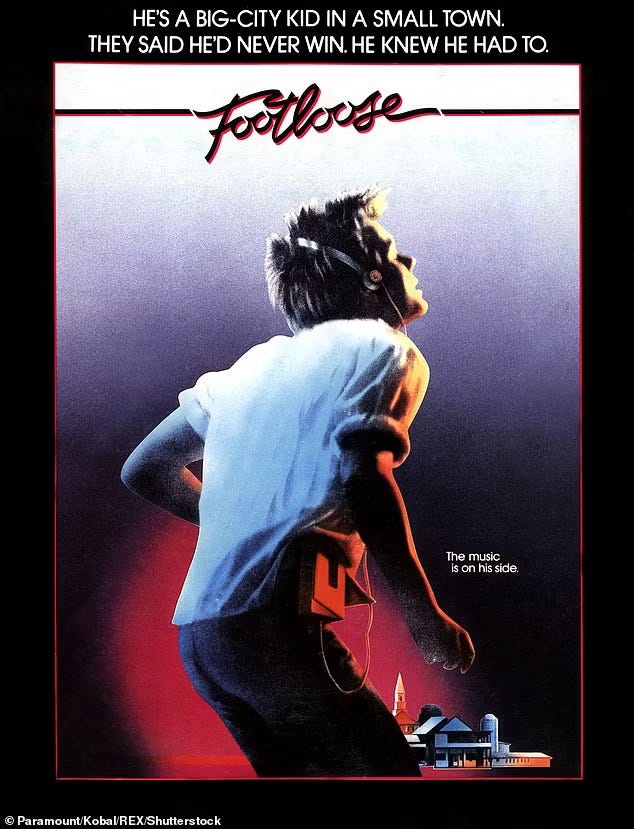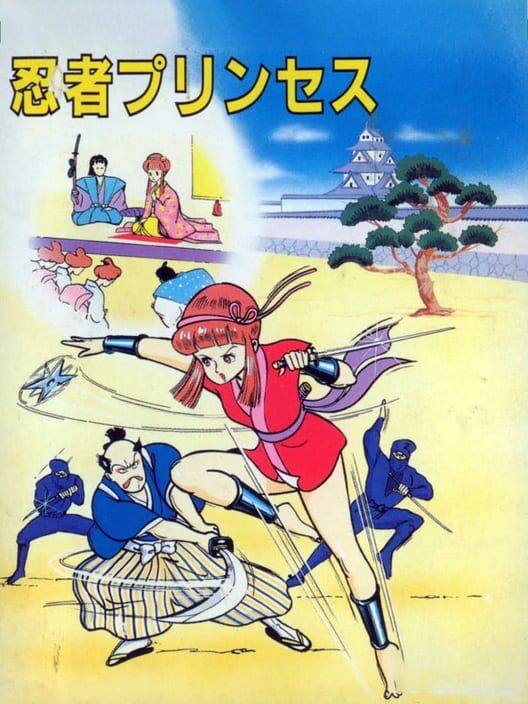The Ballad of Rain and Fire (Ua a me ke ahi)
- Location
- California,USA
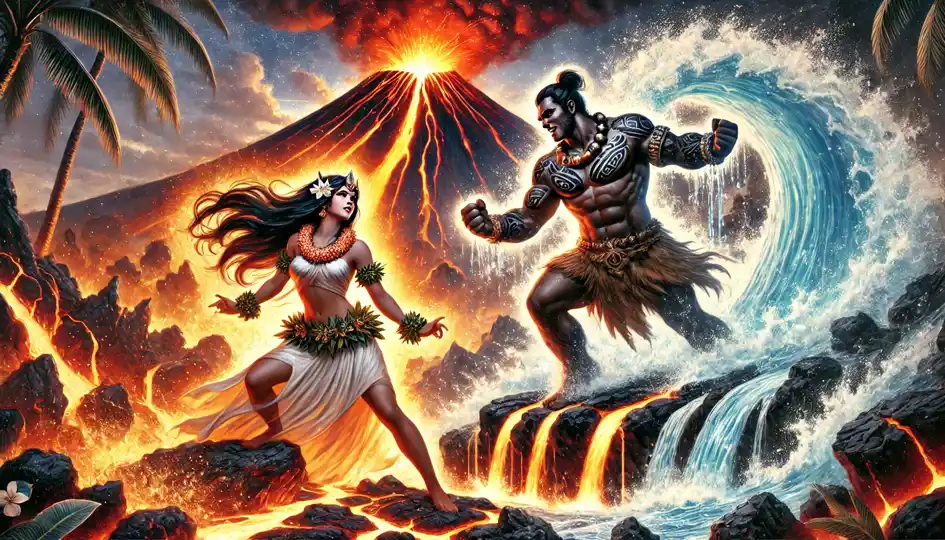
The Ballad of Rain and Fire (Ua a me ke ahi)
Directed by: Markus "Liko" Kana
Written by: Kaheka Patterson
Produced by: Markus "Lilo" Kana, Yoshiyuki Tomino
Production: AuʻAu Ke Kai Swimming Tide Studios, DreamWorks Animation
Distribution: Lucasfilms Unlimited
Starring: Tia Carrere (Pele), Temuera Morrison (Kamapua'a), BD Wong (Kane Akamu), George Takei (Kaniuhu), Clyde Kusatsu (Kamani), Gedde Watanabe (Hanini Ipo), Edi McClurg (Hi'iaka), Wi Kuki Kaa (Kāne), Professor Toru Tanaka (Kū Akuna), James Shigeta (Lono), James Wong (Maui Chief) and Kelly Hu (Kaʹowakaikalani)
Quality: D100 + 400 => 481
Audience: D100 + 400 => 496
Critics: D100 + 400 => 469
Budget: $15,000,000
Domestic Box Office: $41,291,091
International Box Office: $38,738,261
Total Box Office: $80,029,352
(NO POV)
It came out of nowhere...
That was the general consensus from the Hollywood insiders and those who watched the coming films to prepare their reviews and commercials. It was by the standards of the ever-marching film industries a sleeper hit.
A well-made, tightly directed, and respectful work of animation that told a unique and niche story from a time and place in the world that didn't have a great deal of coverage.
Mythological/Pre-Contact Hawaiian Civilization.
And the work showed itself to be not only interesting, but something primal, something people wanted and wanted to experience.
And then there was the weird part about the US Geological Survey Group at Kīlauea made a Shrine to Pele but that's another story.
(Bruce POV)
It all began on a Monday... or so would Mike tell you when you asked. Back when you were still working on the filming for Return of the Jedi, before that entire fiasco with the Conan production had begun, and put in the backburner when the more critically important films needed to be done in his opinion. And in the end, you could not blame him for this. The last two years had been some of the more hectic periods of your entire career, and had it not been for the time that you'd spent with your wife and family, then you'd more than likely not even found out about this at all.
Still, to think that DreamWorks had managed to inspire the creation of an entire studio in Hawaii of all places.
Mike told you the full story of course; the meeting with Markus "Lino" Kana, a young, yet passionate, man who'd managed to inspire his entire movie club into following him to create an entire original tale, native to their own culture and traditions. How they'd canvassed their funds together to make even the smallest samples and drawings, creating their own distinctive animation look, one that managed to take heavy inspiration from traditional Hawaiian images and drawings.
Yet at the same time, it was that passion which was making things difficult for them, since as they tried making the entire animation come true they found the true cost of animation, the entire waste as each small mistake meant an entire new Cel being discarded. How sequences that did not fit could end up harming the flow of the story, how the images once so fresh and agreeable to all had becomes shouting matches and disagreements when trying to put them into paper, each new design now being unable to match the ones in their mind.
The situation was chaotic, they were bleeding money whenever they tried, and the lack of funds was hurting them more than what any of them had expected. With the chance of their dream dying before it could even start, the group gathered their remaining savings to try for a "Hail Mary" pass in order to get their project of the ground.
They bought a plane ticket for Mr. Kana to travel to the mainland, and from there try to find investors and producers for their project...first place they visited, was their main source of inspiration of course, where Mike welcomed the idea, if not with open arms then at the very least with a balanced and fair contract.
Yet one that Lilo could accept either. While it gave generous funds, enough for them to finally begin their own Studio properly, and made it possible for their film and story to be brought to the big screen as they planned... it also made it so that the entire film would be animated and worked by the DreamWorks staff, in many ways removing their own animation attempts and influence. And for the young man who's entire project had begun because of said dream, this was unacceptable.
Of course there would be incredible creative differences with the studio, it was an ambitious work, with an ambitious crew that wanted to make it their way without cutting into the quality of their work. It was a passion project an investment of not only time but all of their talents and even all of their money.
I will never be able to comprehend the price that they paid, look at that.
And so in order to have a hook and keep good relations with the new blood, Mike gave them a lifeline.
15 million dollars, and a small "D Team" group of DreamWorks Animators to help streamline the process and keep their own animators from quitting due to issues.
It wasn't a lot in the grand scheme of things, but it was a project that deserved all of the help it could get.
And by the lordy it was a project. It wasn't just using stunning animation, it was the research, between linguistic work, tribal histories, poetry and more, if it wasn't the stunning animation that wasn't taking most of the budget it was the sheer amount of research being done to make each frame as accurate as possible.
It was scary in a way, like a full Theatrical Showing of a Classical Tale Episode.
But then again, your team had had six years of experience working on such types of productions, and with the previous research done, they could focus on the main element for which they were brought in; making sure that the animation was up to par.
Lilo's team... well, they were not professionals in the sense of the word, but they had the passion necessary, and with the new direction under Steve Hulett (a name you did not recognize, but apparently was someone that was close to making his debut as Director) they were soon being taught the ins and outs of animation in the same way he had; through hard earned experience, mixed with practice, overnight, and pointing out just what worked and what didn't for their production.
By the end of it, they even sent some much-appreciated fruits. Tomino and the rest liked the pineapples the best.
But going back to the production, one of the first elements they were taught, and was critical for the production to go ahead, was the art of compromise. Steve had to sit them down in a single room and hear all their arguments about the description of the Gods in the film, how they should be represented, the genders of them (with some wanting to keep them as they were, and others hoping for a gender change), not to mention finding just the right amount of traditional iconography along with the more modern types of animation that was being brought in.
Apparently he just let them take out everything they wanted, then told them why such ideas were unfeasible, and then put forth the new direction that the animation would take. They did not get everything each wanted, but at the very least most of their ideas were mixed in. And in that, they could now work in perfect harmony.
...It also helped that Steve helped in drawing all their ire towards him rather than Lilo of course.
But with the main points of contention over, they could finally move on to the lessons being taught by your "D Team" as it were. Perhaps they were not the powerhouses that Brad, Musker and Clements,, or even Lasseter gathered around them, but they had worked with them in many a background scene, made sure that the characters retained their fluid style, along with some vibrant and high impact animation that thrived and shocked in just the right moments of the film. The scenes with Pele's introduction never looked more dynamic, and were only surpassed in her confrontations with Kamapua'a.
The Kapau themselves are shown as both so perfectly human in emotions, yet as larger than life creatures that are composed and behave to their respective elements; Lono has a mixture of rain and green in his composition that makes him look perfectly natural and at ease in discussions. Kāne, the ruler, composed of air and cloud, has the look of tiredness and frustration that only those in power can understand as he holds court over some of the more quarrelsome group of deities. Hi'iaka and Kū Akuna however are a riot and a half, with their personalities being at constant odds, and their arguments devolving into childish tantrums and name callings, showing just how familiar to each other they are.
If anything, this showed how despite it all, they were a true family.
Then again any family like a divine pantheon was always going to be a messy one.
But of course, the story was ultimately about humanity and how they explained the world around them and the Heroes of this tale were no exception to this reality even if it was told in a fantastical way. With the human and the divine telling a tale that might have happened if not for the vail of history being so shrouded over that era.
And to use a phrase that was bizarre yet described everything about the project. They Cooked.
And by cook you mean like a stew, it all came together as a fantastical human story of love, violence and fire.
Oh boy was there a lot of fire in the scenes with Pele, her caldera scenes were so cozy if it weren't for the fact that it was over a thousand degrees in there at best!
But onto the stars of this fantastic voyage of love and fire.
Tia Carrera's Pele was the heart and soul of the flick, and who's stage presence needed no introduction, she had the energy to burn like a raging inferno and a small smolder that could burst into flames like a summer storm, and like a stick of dynamite she couldn't contain all the sparks of a young romantic looking for an equal. The fact they also put little smoldering fuses in her hair when she's angry makes her look like BLACKBEARD without the beard at time. She's the heart of a violent force of nature and she will be respected. It was surprising to here that she was all but a complete unknown here.
On the other side of this romance, was Temuera Morrison's Kamapua'a, and you could tell that not only was he invested into this roll, from what you could tell he was one of the head references, physically able, trained in traditional Maori weapons and well versed as both an actor in New Zealand, the man was not only a fine choice to play a force of nature but also came with a surprising depth with his friendship with Kane Akuna, and his respect for the Big Island's physical and spiritual health, as well as his versatility as a peacemaker, warrior and spiritual leader.
The fact it also plays off his thick-headedness when it comes to Pele's romantic feelings makes it a wonderfully ironic way to play off the numerous sides of Kamapua'a multi-faceted person as both a spirit, a man.
His Transformation into a giant boar of wind, water and steam as well as himself turning into a great boar showed his unspoken power well.
But aside from the Kapau, one of the most interesting aspects of the story was how they managed to tie all the conflicts from them along with the very human conflicts around them. The different chiefs from the island, all who are being threatened by the constant bouts of rage from Pele, and her constant fights with Kamapua'a are shown not as simple casualties, or just beings on the periphery, but actual participants who have to live under the awesome display of fury and rage from the Kapau.
Their different actions and interactions, as they try to find a way to survive adds another layer of context to the entire story, making it not just one about those who have the power, or one about romance or resilience. But also one about consequences, the resilience of those who try to make ends meet, and in the end, how despite the situations may push those into actions that would be despicable, every single one of them has a choice. From Kaniuhu, the Main Chief who chooses peace and cooperation, to Kamani who gears for war in order to save his people.
Their actions, right or wrong, in the end are their own to make, and this message is put clearly in each of their scenes.
The process was grueling for many of the new animators from the fledgling studio, and it would not have surprised you if at any time they had decided to just up and leave, abandoning what at many times seemed to be a thankless profession. But then, you had not counted on just how much of an influence your team had on them. From beginning to end they were able to show the joy of turning a piece of paper into an actual moving set of cels displaying the movement that many had just envisioned in their minds. These were men and women who studied and worked under Bluth, and though many of them were still unable to make the full transition to the more prestige places of the animation department, they were still leagues above and beyond what many would have expected.
Their enthusiasm for any new and interesting piece of creativity was slowly but surely becoming part of the new Swimming Tide Studios, and with each new cel, with each new segment provided, with each tie producing fewer errors in the process, they were able to find the spark that had been part of your own studio, and would come to define them in the upcoming decades to come.
As it was, Mike received constant updates about the project, making sure that everything remained in budget, while making sure that the cinemas he was in contact with would provide the necessary rooms for release. This work might not be a DreamWorks original, but it had the studio name attached to it, and that alone made it so that it deserved nothing but the best for the release of the film. Though the rest of the year was already booked with the now "Big Three" of animation (and God, did it still burn to acknowledge Blue Sky as such), there was little to no competition for the month of March of the current year.
The movie would thus have to prove its success in a win or die situation.
And thus you wait with bated breath that the game ends with a win.
You'd hate to watch all that work, passion and dedication turn to naught because of the lack of a good sprint to the finish just before the end.
Goodness knows how many passion projects met the same fate.
—————-
Opening night was an…odd experience. Mostly because half the people there were animators or members of their families who were there to help and support them.
You were here, because Mike was busy with another project, something about a family meeting with the rest of the Hollywood production magnates about the "America Project"
Plus like Elvis did once before a good endorsement would never hurt.
And perhaps it was the advertising Mike had promoted before the film, or the endorsement actually worked, but you could not have found a better audience for the film than the one that was there for the film's premiere. After all, a movie not made by any of the Big Three, a movie that nonetheless was made with the help of DreamWorks animator in partnership no less, and from a new studio at that from Hawaii of all places? If it wasn't for the promotions, the sheer curiosity would have brought in the people to find out just what it was that was being shown.
Well, they came and left satisfied you'd say, considering the gasps, the laughter, and the thunderous applause at the end of the film, showing the final scenes with Pele and Kamapua'a finally starting their new life together, the humans accepting peace after so much tension and the near beginning of a war, along with some of the most intense fighting and gorgeous animation this side of America. The very traditional drawings, mixed with the experience of DreamWorks at the side, along with incredible attention to detail to the culture that is being referenced, made for an incredibly unique and original take that many would not forget for a long time now.
The rest of the country agreed with you, was while it did not have the numbers that other studios would have achieved, it still did very respectively on its own. Not all of the theaters were ready to take in the same risk as Mike wanted them to, but enough were open so that at the very least all states were able to see the film. Hawaii was the exception though, as being the first of a locally made movie, about their own traditions no less, made the film the number one animated movie in the entire islands, with lines stretching all the way around the corners in order to see the functions available in the day.
Outside of the country there was also quite the reception, but though countries in Europe and Asia gave it the required show, it was countries around Polynesia, Micronesia, and East Asia that were out there watching what was the first ever representation of something close to their own culture. It was certainly nothing that would be going beyond the borders of Hawaii, but it was at least something, and it opened the possibility of sometime being able to do something close to their own hearts as well.
Critics were on their side as well, praising the animation the story, even the voice acting of veterans like James Shigeta and BD Wong, while also seeing the new talent incoming from Hawaii in the form of Tia Carrere and already speculating on her future in filming. There were still also those who were quite annoyed with the film however, more with the descriptions of the Kapau as "Gods and Goddesses" than any other aspect of the film, but then again, if they could not differentiate between fact and fiction then that was their problem.
But in the end, Swimming Tide Studios got their first win... with some help from DreamWorks that is, but still a win. The earnings from the Box Office would help them for their future projects, among them one that would try and adapt the different traditions of their land that were yet to be given a chance. You wish them luck with that, the Lord above knows how many interesting stories are just scattered and hoping to be picked up for everyone to enjoy.
You wonder... is there hope for some Irish tales as well? Probably something to think about.
AN: Fresh from @Cyberphilosipher an @overmind the desire to spread the Disney Rennessance to all corners of the American Animation Sphere, I grant you.
The Fruit of this Labor.
Guest Starring Bruce with his rather suprised POV.
Last edited:
